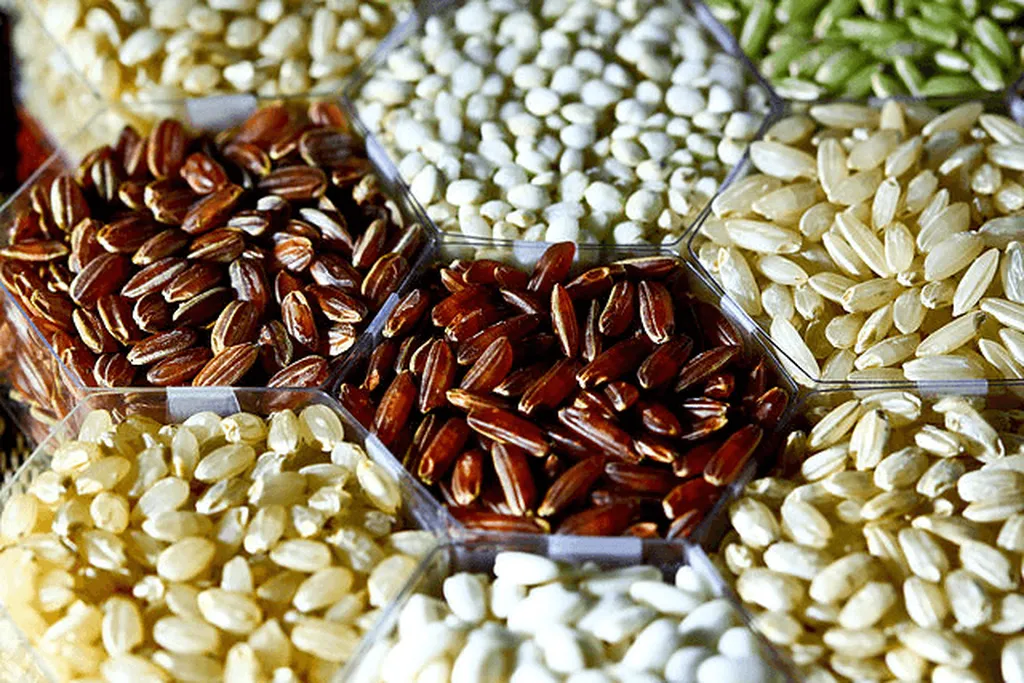In the heart of Indonesia, where lush landscapes cradle a wealth of biodiversity, a team of researchers led by Vika Ayu Safitri from the Plant Breeding and Biotechnology Study Program at Bogor Agricultural University is unlocking the secrets of local rice varieties. Their work, recently published in the *Hayati Journal of Biosciences* (which translates to *Life Journal of Biosciences*), is not just about grains and genes; it’s about securing the future of one of the world’s most vital crops.
Indonesia’s rice germplasm is a treasure trove of genetic diversity, yet its potential remains largely untapped in breeding programs. Safitri and her team aimed to change that by evaluating the genetic diversity among 12 local rice genotypes using a combination of agronomic traits and molecular analysis with start codon targeted (SCoT) markers. “Understanding the relationship between morphological traits and genetic diversity is crucial for targeted breeding studies,” Safitri explains. “This knowledge can help breeders develop new varieties that are better adapted to changing climates and resistant to pests and diseases.”
The team employed 23 selected SCoT primers and found a polymorphism level of 69%, with PIC values ranging from 0.3610 to 0.4646. These markers provided adequate informativeness for diversity analysis, revealing high genetic variability among the rice genotypes. “The effectiveness of the markers was assessed through polymorphism percentage, PIC values, and cluster analysis,” Safitri notes. “The results demonstrate the potential of these markers for pre-breeding and diversity analysis.”
So, what does this mean for the future of rice breeding and, by extension, global food security? The study’s findings could significantly impact the energy sector, particularly in the development of bioenergy crops. Rice, with its high biomass yield and widespread cultivation, is a promising feedstock for bioenergy production. By understanding and harnessing the genetic diversity of local rice varieties, breeders can develop new cultivars that are not only high-yielding and resilient but also optimized for bioenergy production.
Moreover, the use of SCoT markers in this study offers a reliable method for variety protection, ensuring that breeders’ rights are safeguarded. This is particularly important in a country like Indonesia, where biodiversity is abundant but often underutilized. “Our work provides a foundation for future breeding programs aimed at improving rice varieties for food security and bioenergy production,” Safitri concludes.
As the world grapples with the challenges of climate change and food security, research like this offers a beacon of hope. By delving into the genetic diversity of local crops, scientists are paving the way for a more sustainable and secure future. And in the lush landscapes of Indonesia, the humble rice grain is at the heart of this revolution.

